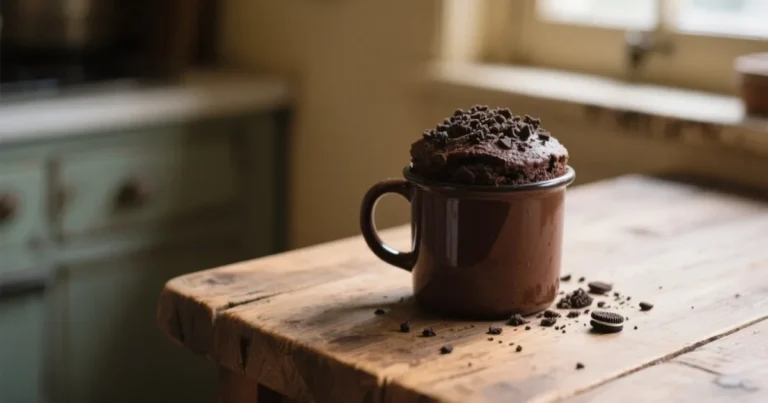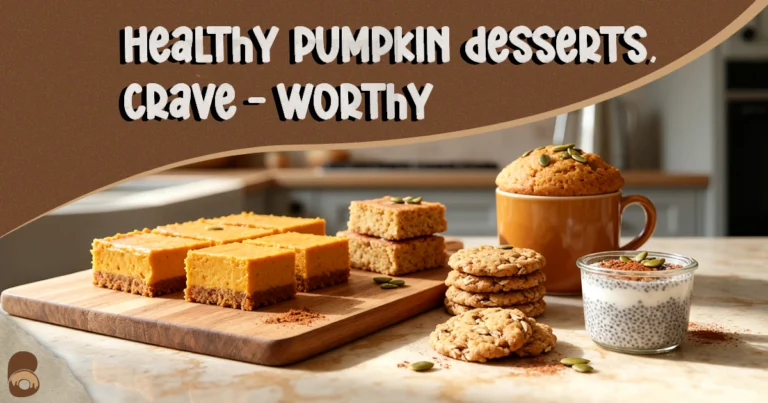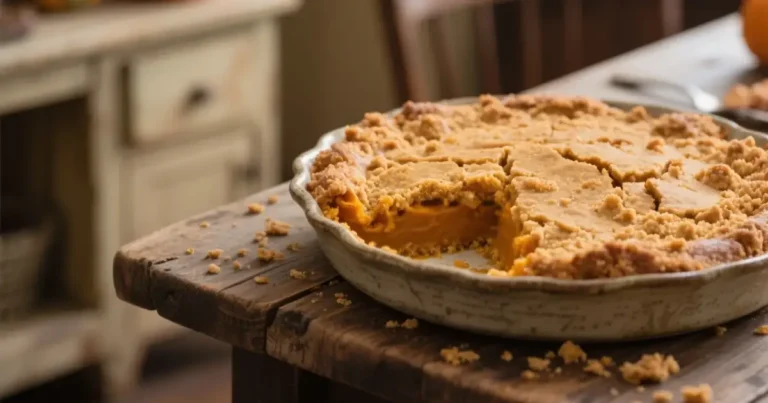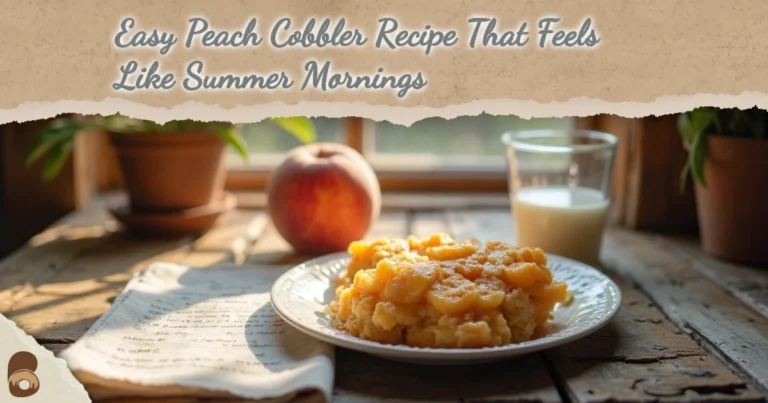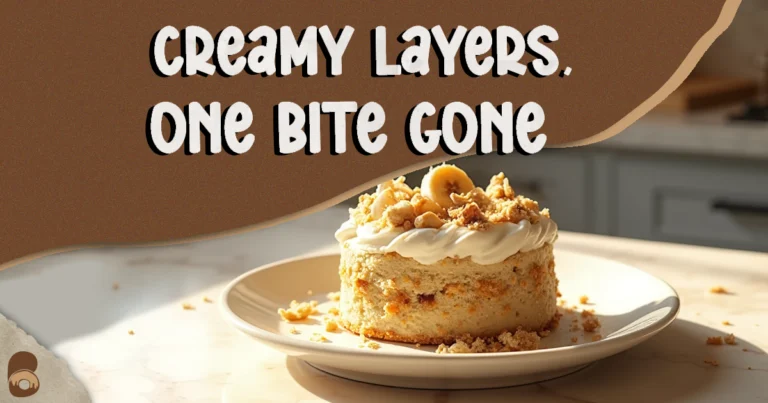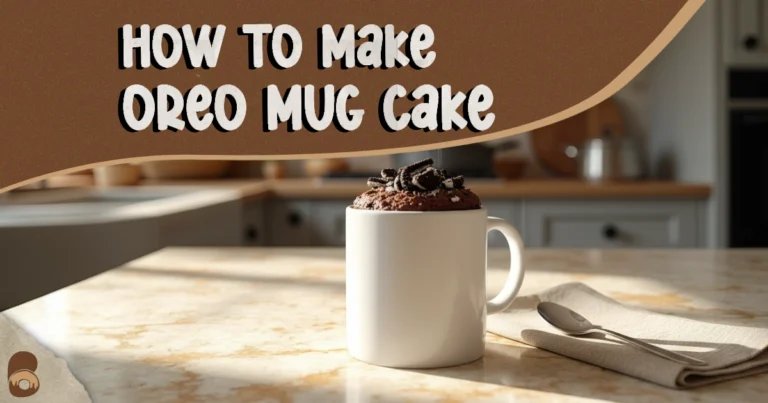Cake Fails Decoded: The Ultimate Troubleshooting Guide to 21 Common Baking Mistakes
Table of Contents
Table of Contents
Introduction: From Cracked Tops to Sunken Centers – We’ve All Been There
Picture this: You’re baking a cake for a birthday. You’ve carefully followed a recipe, the aroma fills your kitchen, and you’re feeling proud. But when you open the oven, disaster. The cake has sunk in the middle, or worse, it’s dry and cracked. We’ve all had these frustrating “cake fails” that make us question our baking skills.
But don’t worry—baking isn’t magic, it’s science. And once you understand why these common issues happen, you’ll be able to fix them before they ruin your celebration. In this guide, we’ll break down the top 21 cake mistakes and how to troubleshoot them like a pro.
1. Understanding Cake Fails – Why Perfect Cakes Go Wrong
Even the most experienced bakers run into problems, but most cake fails come from a few core mistakes:
- Incorrect oven temperature
- Overmixing or undermixing the batter
- Using the wrong ingredient ratios
- Incorrect pan size or baking time
Some of the most common results of these mistakes include:
- Sinking centers
- Dry edges
- Cracked tops
- Gummy or raw centers
Troubleshooting Table:
| Symptom | Likely Cause | Fix |
|---|---|---|
| Sinking center | Underbaked, too much liquid | Extend baking time, measure correctly |
| Cracked top | Oven too hot | Lower oven temp by 25°F |
| Dry cake | Overbaked, not enough fat | Reduce baking time, use oil or sour cream |
| Dense texture | Overmixed batter | Mix gently until just combined |
2. Mastering the Method – The Formula for Cake Success
What is the 1234 Cake Method?
The 1234 cake method is a classic ratio-based formula:
- 1 cup butter
- 2 cups sugar
- 3 cups flour
- 4 eggs
It creates a well-balanced batter with just the right amount of fat, sugar, and structure. This method is perfect for beginners because it’s easy to remember and hard to mess up.
What is the Formula for Baking a Cake?
Professional bakers use something called Baker’s Percentage. This system weighs ingredients relative to flour, making it easier to scale recipes up or down.
Tips:
- Always weigh your ingredients instead of relying on volume.
- Use room-temperature ingredients for better emulsification and rise.
3. The Moisture Code – How to Make Cake Moist and Fluffy Every Time
Want a bakery-soft texture every time? Follow these rules:
- Use oil or sour cream instead of just butter for extra moisture.
- Avoid overmixing – this develops gluten and leads to dense cakes.
- Don’t overbake. Start checking 5-10 minutes before the recipe says.
Secret Ingredients for Moisture
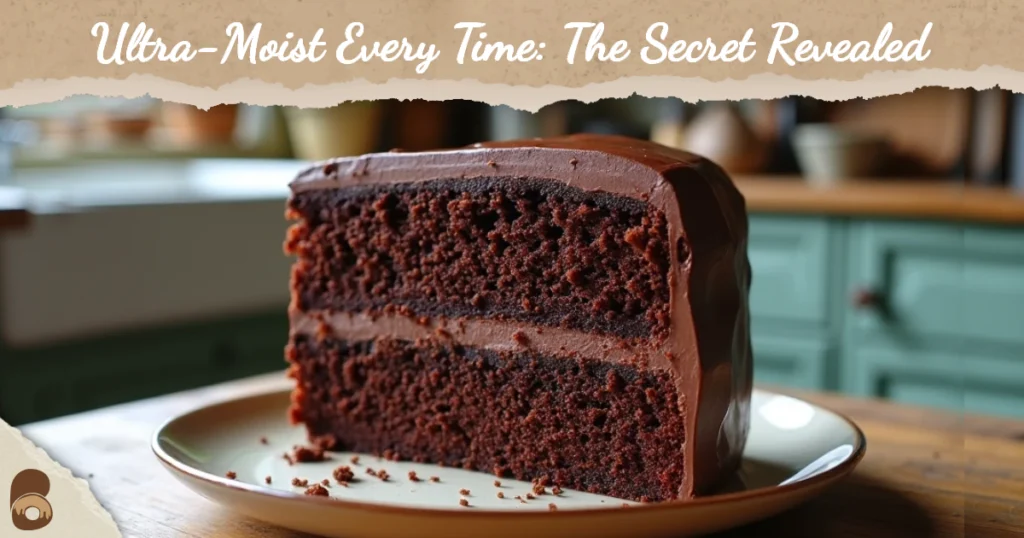
- Buttermilk – adds tang and tenderness
- Mayo – yes, mayonnaise! Adds fat and moisture
- Applesauce – great vegan substitute for eggs
Optional Table: Moisture Boosters
| Ingredient | Benefit |
|---|---|
| Buttermilk | Moist, slight tang |
| Sour Cream | Rich texture |
| Applesauce | Vegan-friendly moisture |
| Mayonnaise | Smooth crumb |
4. Baking Temps & Timing – 325 or 350? It Matters More Than You Think
Is it Better to Bake Cake at 325 or 350?
- 325°F: Slower bake, flatter top, more even cooking
- 350°F: Faster bake, domed top, slightly more risk of drying out
Your ideal temperature depends on the texture you’re aiming for. For layer cakes, 325°F is often better. For cupcakes, 350°F works well.
How Long Does a Cake Take to Bake at 325 Degrees?
It varies by pan size and ingredients:
| Cake Type | Temp | Time | Texture Outcome |
|---|---|---|---|
| 9″ Round Pan | 325°F | 35-45 min | Flat, moist, even crumb |
| Bundt Cake | 325°F | 50-60 min | Dense but soft |
| Cupcakes | 350°F | 18-22 min | Light, domed |
5. Bakery-Style Cakes at Home – Secrets the Pros Won’t Tell You
How to Make Your Cake Taste Like a Bakery Cake
- Use real butter and pure vanilla extract
- Brush layers with simple syrup before frosting
- Bake a day ahead – flavors meld better overnight
Pro Tips:
- Level your layers for a uniform appearance
- Freeze layers before frosting for easier handling
- Apply a crumb coat before final frosting for a clean look
6. From Oven to Table – Frosting, Decorating & Storage Mistakes to Avoid
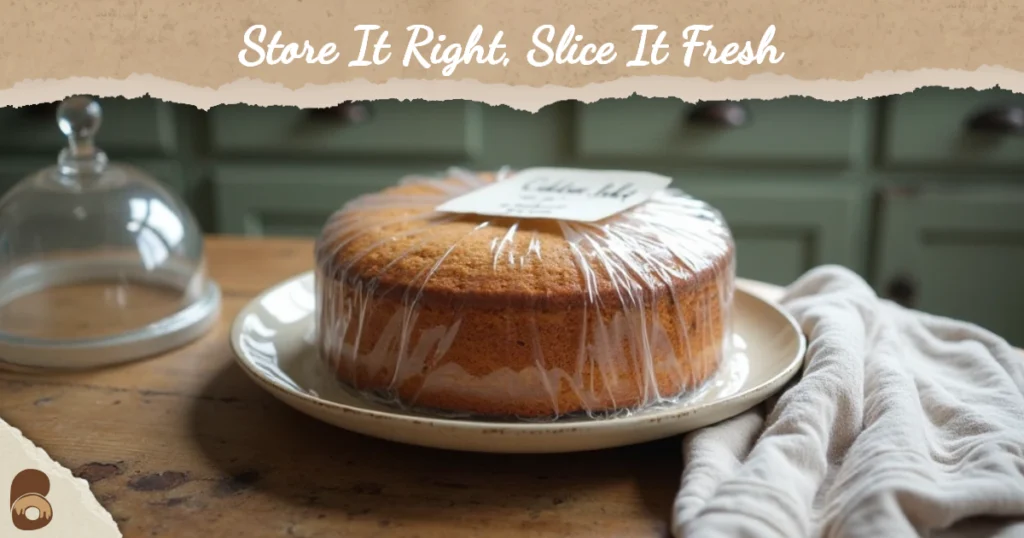
How to Frost a Cake for Beginners
- Chill your cake layers before frosting [types of frosting guide]
- Use an offset spatula for smooth application
- Start with a crumb coat, then chill again before adding the final layer
How to Decorate a Cake Like a Professional
- Use piping tips and a cake turntable
- Decorate with fresh flowers, edible glitter, or stencils
- Choose a simple color palette for elegance
How to Store Cake Overnight Without a Fridge
- Wrap in plastic wrap or place in an airtight container
- Keep in a cool, dry place away from sunlight
- Only refrigerate cakes with perishable fillings
Essential Tools Table:
| Tool | Beginner Use | Pro Upgrade |
|---|---|---|
| Offset Spatula | Frosting | Angled metal version |
| Turntable | Optional | Smooth rotation model |
| Piping Bags/Tips | Basic designs | Full tip set |
7. Quick Reference Guide – 21 Cake Fails and How to Fix Them
| Mistake | Cause | Fix |
|---|---|---|
| Sunk center | Underbaked | Rotate the pan halfway through |
| Dry texture | Overbaked | Shorten baking time, add fat |
| Bitter taste | Too much baking soda | Measure carefully |
| Cracked top | Oven too hot | Lower temp |
| Gummy layer | Underbaked or too much fat | Adjust fat, bake thoroughly |
| Uneven rise | Uneven oven heat | Cake sticks to the pan |
| Hard crust | Overbaked, too much sugar | Check temp, reduce sugar slightly |
| Greasy cake | Too much butter/oil | Reduce fat |
| Dense and heavy | Overmixed batter | Mix only until combined |
| Use an oven thermometer | No grease or flour | Prep pans properly |
| Pale color | Not enough sugar or egg | Adjust ratios |
| Too sweet | Excess sugar | Use less or balance with salt |
| Flat cake | No leavening agent | Add baking powder or soda |
| Tastes like eggs | Too many eggs | Use fewer or balance with flavoring |
| Hollow center | Overbeaten eggs | Mix at low speed |
| Crumbly texture | Too much flour | Weigh flour accurately |
| Burnt edges | Oven too hot | Use fresh flour, eggs, and baking soda |
| Rubbery texture | Overmixed or overbaked | Mix less, shorten bake time |
| Sticky top | Underbaked | Bake longer |
| Flavorless | Not enough flavoring | Add vanilla, citrus, or almond |
| Smells odd | Expired ingredients | Use fresh flour, eggs, baking soda |
FAQ – Your Cake Troubleshooting Questions Answered
What is the 1234 cake method?
It’s a simple ratio of 1 cup butter, 2 cups sugar, 3 cups flour, and 4 eggs. Easy to remember and produces a well-structured cake.
How to make your cake taste like a bakery cake?
Use high-quality butter, brush with syrup, and let it rest overnight for a richer flavor.
Is it better to bake cake at 325 or 350?
Use 325°F for moist, even cakes; use 350°F for quicker baking and domed tops.
How to frost a cake for beginners?
Start with a crumb coat, chill the cake, and use an offset spatula for smooth frosting.
How to store cake overnight without a fridge?
Wrap it in cling film and store it in a cool, dry area. Only refrigerate if it has perishable fillings.
Conclusion: Fail Less, Bake More – Your Next Cake Will Be a Masterpiece
Baking is part art, part science—and every mistake teaches you something new. Now that you understand what causes cake fails and how to fix them, you’re already ahead of most home bakers.
🍰 Love Baking? Pin It So You Never Forget It!
Enjoyed decoding your cake fails with this guide? 💡
Follow me on Pinterest for even more baking tips, visual cake hacks, recipe ideas, and troubleshooting charts—because your next bake deserves to be your best one yet.
📌 Save this guide and join a community of bakers turning fails into flavor!
Share your experience and help others!
Tried this recipe? Leave a rating and make someone’s day tastier
Be the first to rate this recipe and help others discover it!


